Understanding patterns Math Worksheets for 5-Year-Olds
7 filtered results
-
From - To
Discover our "Understanding Patterns Math Worksheets for 5-Year-Olds," expertly designed to make learning fun and engaging. These worksheets help young learners recognize and create patterns, boosting critical thinking and problem-solving skills. Featuring vibrant illustrations and a variety of exercises, kids will enjoy identifying sequences in shapes, colors, and objects. Our printables are perfect for at-home and classroom use, ensuring a solid foundation for future math success. Ideal for parents and teachers looking to enhance early math skills, these worksheets support cognitive development and foster a love for learning through interactive activities. Explore today to unlock your child's potential!
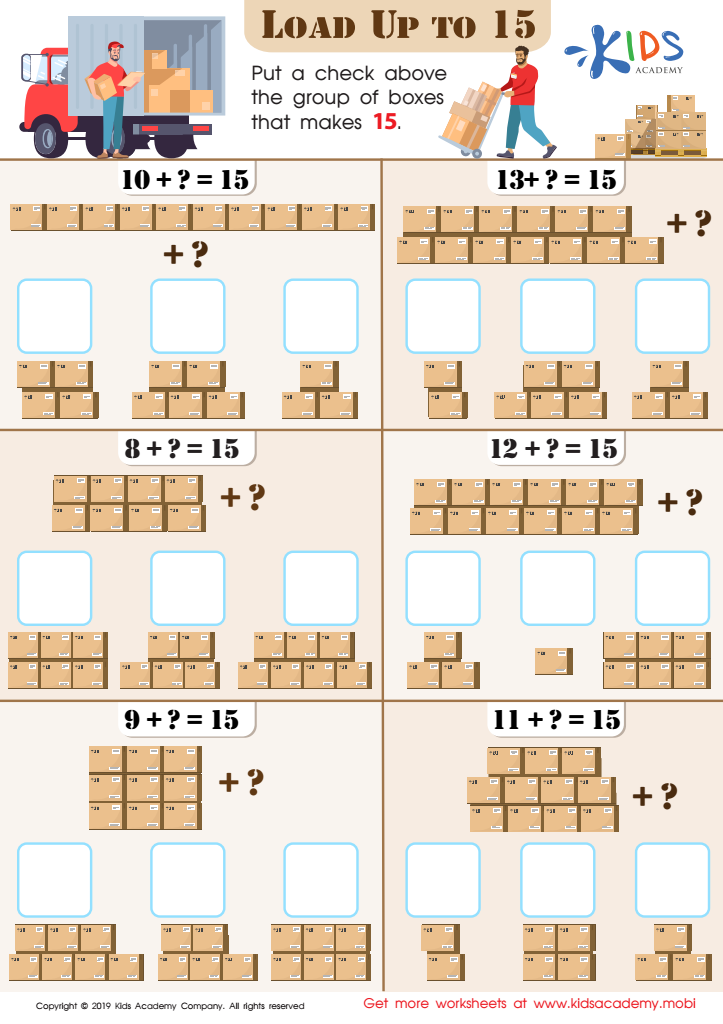

Load up to 15 Worksheet


Addition: Space Math Worksheet
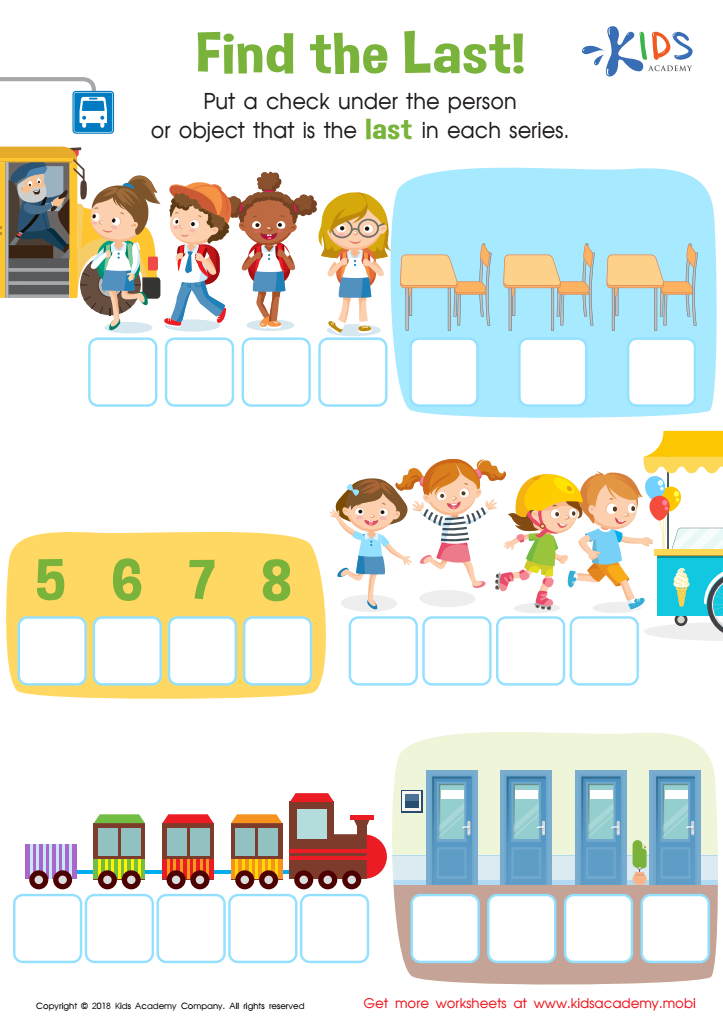

Find the Last! Worksheet
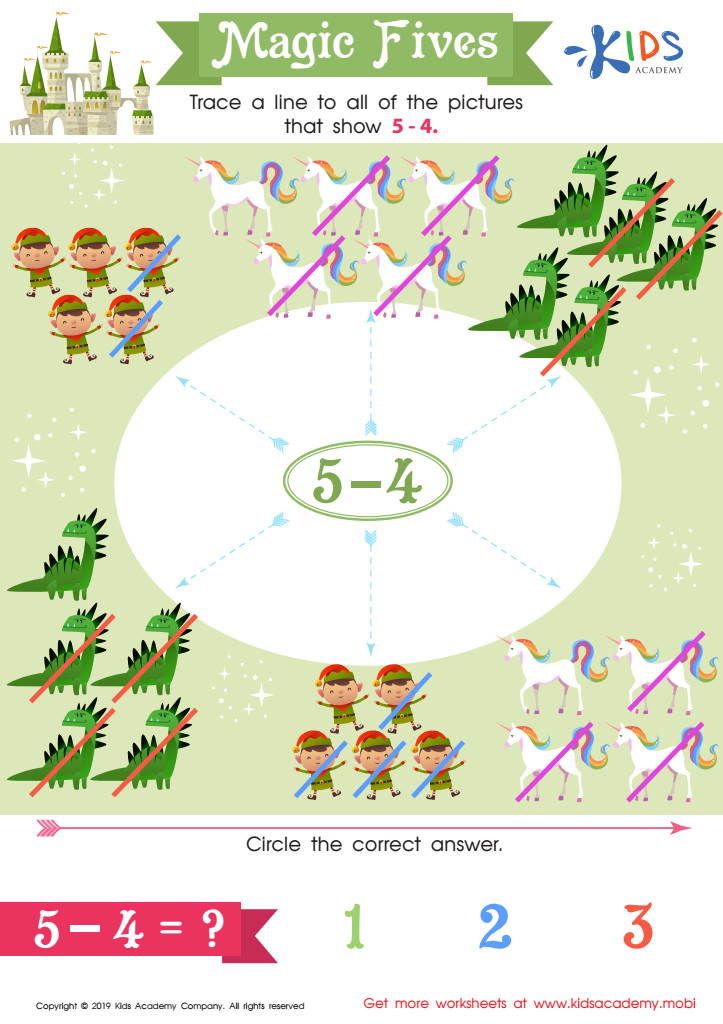

Magic Fives Worksheet
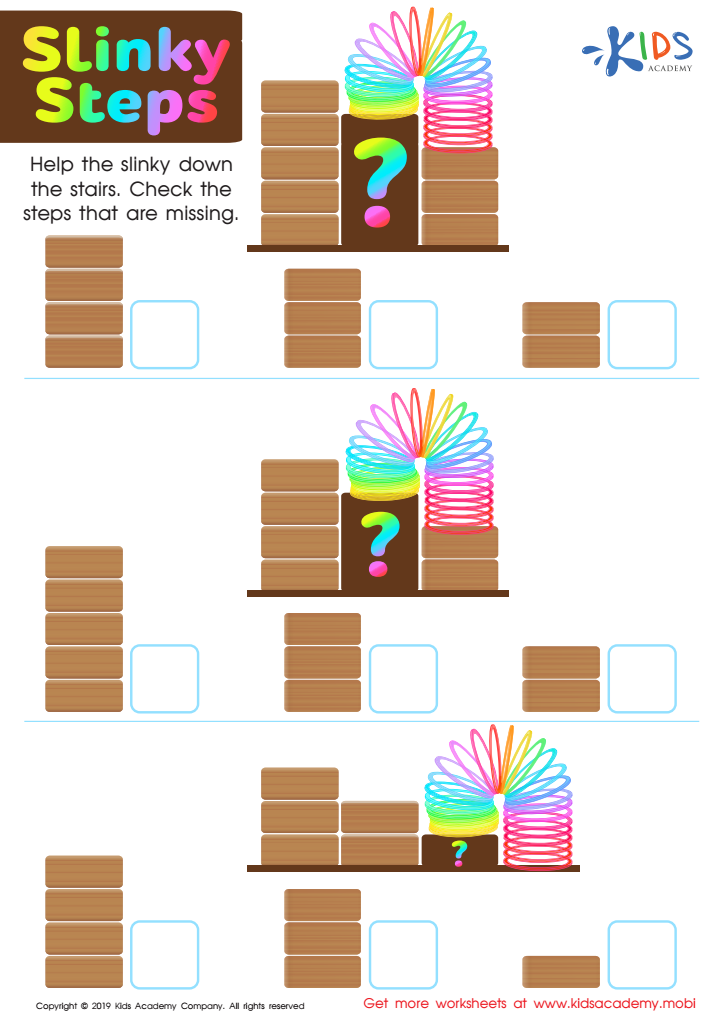

Slinky Steps Worksheet
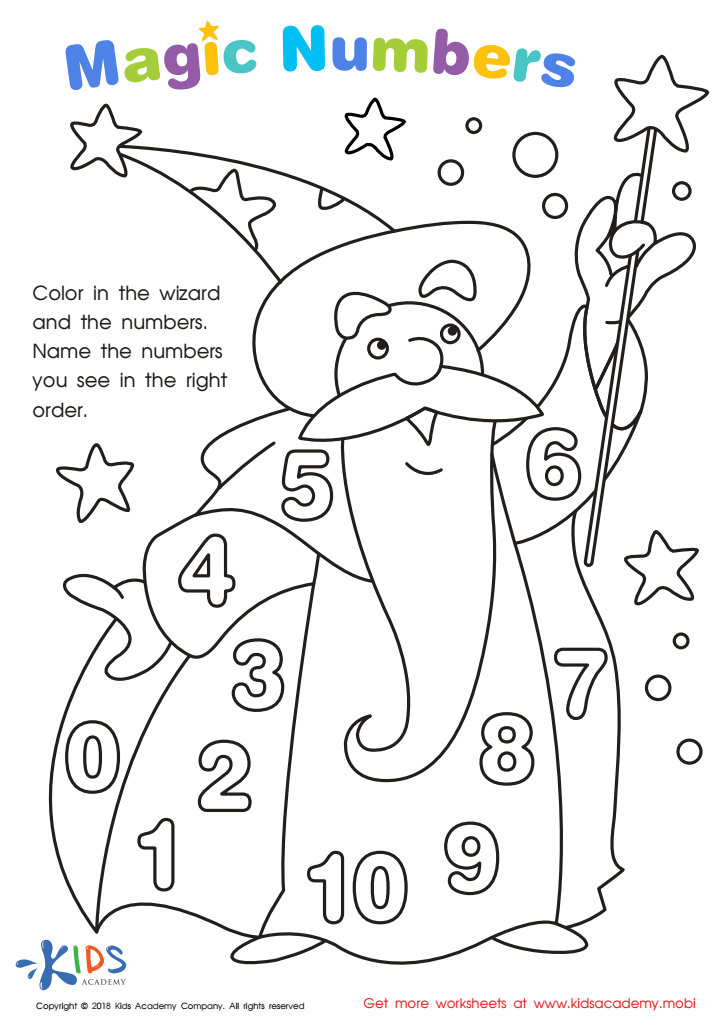

Magic Numbers Worksheet
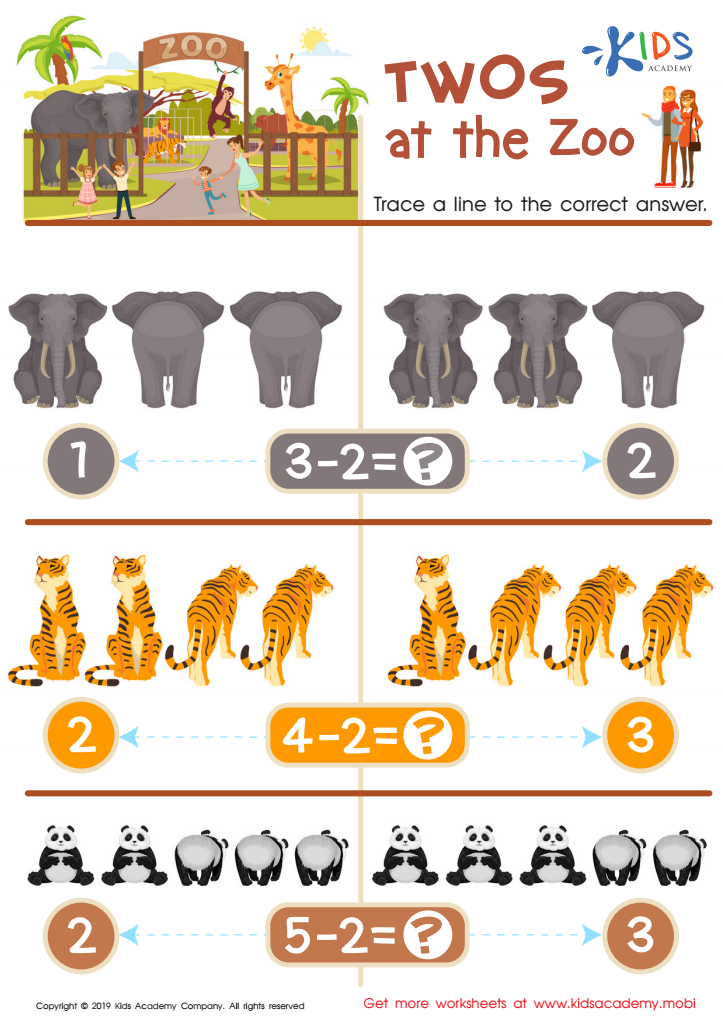

Twos at the Zoo Worksheet
Understanding patterns in math is crucial for 5-year-olds, as it lays the foundational skills they need for more complex mathematical concepts and problem-solving abilities. For parents and teachers, focusing on patterns offers a valuable opportunity to foster critical and analytical thinking from an early age. At this tender age, children's brains are highly receptive to recognizing sequences and relationships among objects and numbers.
Patterns help children identify order in their environment, further developing their cognitive abilities and improving their memory skills. Recognizing and creating patterns can also enhance children's attention to detail and foster early counting skills, both of which are essential for basic arithmetic as they progress in their education.
Additionally, the ability to understand and predict patterns nurtures children's abilities to manage more intricate concepts like algebra and geometry in the future. It assists them in seeing mathematical relationships in a structured way, thereby making their transition into more advanced math simpler and intuitive.
Moreover, understanding patterns translates beyond math, enriching language development through the recognition of rhythmic patterns and fostering problem-solving and critical-thinking skills that apply to daily life. For these reasons, it is integral for parents and teachers to encourage and nurture pattern recognition in young learners to set the stage for ongoing academic success and a lifelong love of learning.
 Assign to My Students
Assign to My Students








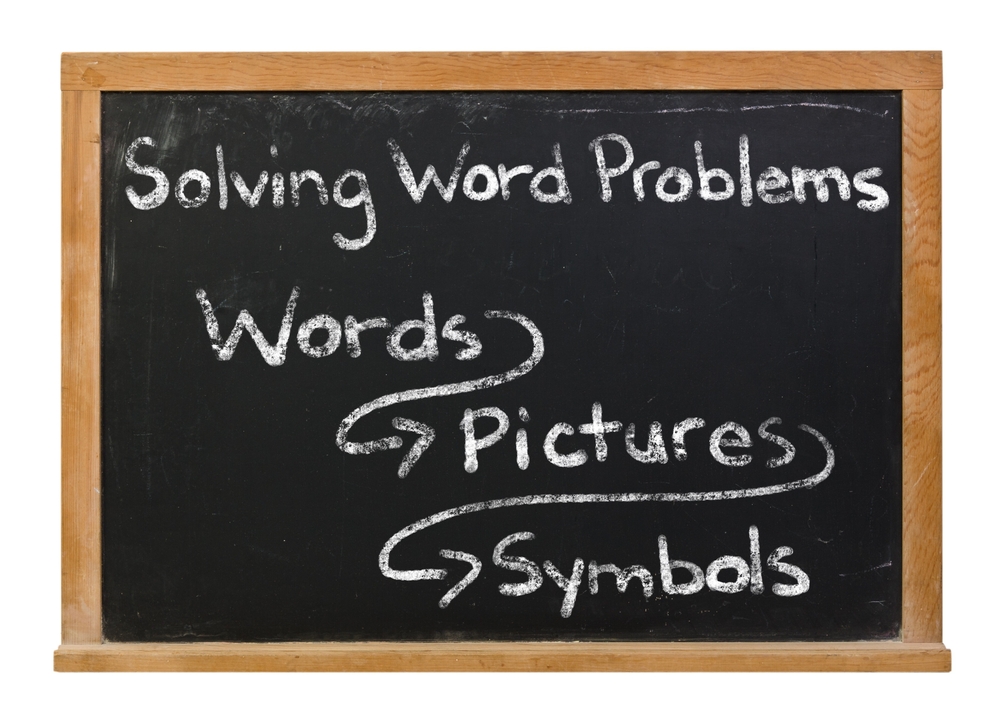

.jpg)










